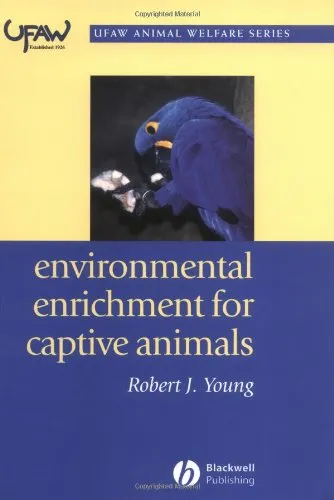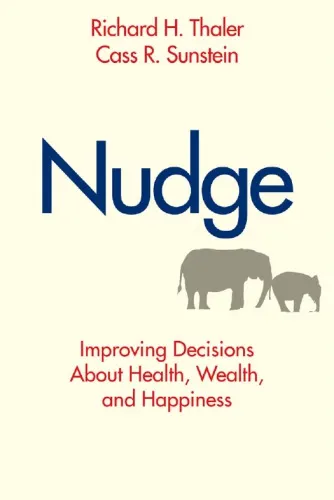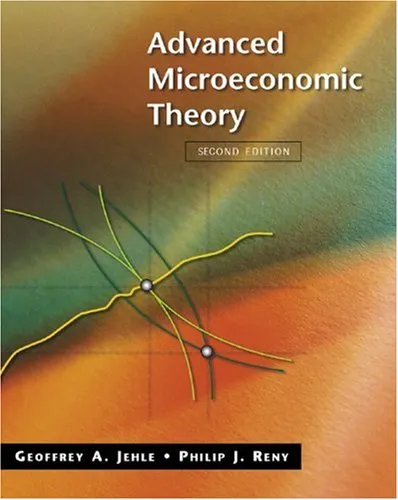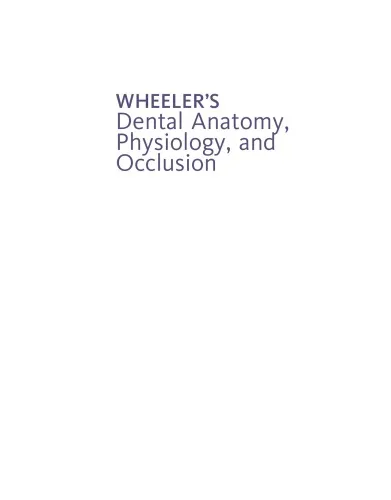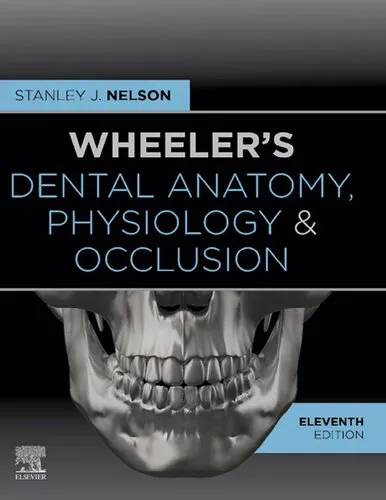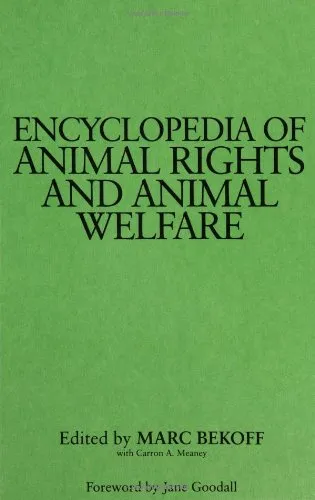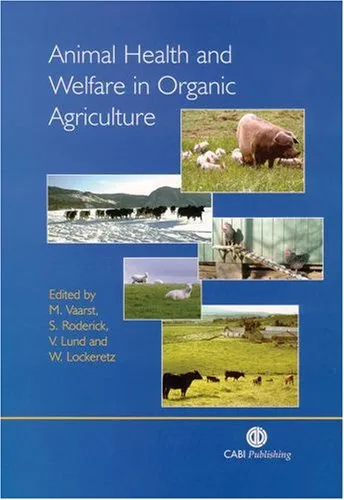Environmental Enrichment for Captive Animals (UFAW Animal Welfare)
4.5
Reviews from our users

You Can Ask your questions from this book's AI after Login
Each download or ask from book AI costs 2 points. To earn more free points, please visit the Points Guide Page and complete some valuable actions.Related Refrences:
Introduction
Welcome to a comprehensive and nuanced exploration of a critical aspect of animal welfare: environmental enrichment for captive animals. This book, "Environmental Enrichment for Captive Animals (UFAW Animal Welfare)," authored by Robert J. Young, delves into the importance of creating stimulating environments for animals living in captivity. Whether in zoos, aquariums, research facilities, or wildlife parks, the well-being of captive animals is significantly enhanced when their habitats provide physical and mental challenges that promote natural behavior. This book is a cornerstone for professionals and enthusiasts alike who are engaged in enhancing the quality of life for animals in managed care.
Detailed Summary of the Book
The book begins by laying the groundwork of the critical need for environmental enrichment. It traces the historical context and evolution of enrichment practices, exploring how our understanding has grown over the years. The author, Robert J. Young, systematically breaks down various types of enrichment — physical, sensory, cognitive, and social — and their applications in different captive settings.
A significant portion of the book is devoted to the science behind enrichment, discussing the psychological and physiological basis of animal needs. Young emphasizes the role of enrichment in promoting naturalistic behaviors and reducing stereotypical behavior that often manifests in deprived environments. Case studies drawn from real-life applications of enrichment techniques illustrate successful strategies and highlight potential pitfalls.
The latter chapters focus on practical guidelines for implementing and assessing enrichment programs. The book provides methodologies for measuring the effectiveness of enrichment activities, emphasizing a systematic approach to ensure the welfare benefits are realized. The text is rich with examples and supported by scientific data, making it a critical resource for designing, implementing, and evaluating enrichment strategies.
Key Takeaways
- Understanding the diverse types of environmental enrichment and their specific applications in different captive environments.
- The role of enrichment in promoting psychological and physical well-being by mimicking natural habitats.
- Guidelines and strategies for designing effective enrichment programs tailored to species-specific needs.
- Assessment techniques to evaluate the success of enrichment interventions and their impact on animal welfare.
Famous Quotes from the Book
“Environmental enrichment is not a luxury; it is a necessity for the well-being of captive animals.”
“Enrichment enhances an animal's quality of life by providing physical and mental stimulation, which is essential for replicating the challenges found in their natural environment.”
Why This Book Matters
This book is pivotal at a time when the ethical treatment of animals in captivity is more pressing than ever. It bridges the gap between theoretical knowledge and practical application, offering insights into how enrichment practices can be scientifically grounded and benefits quantified. For zoo professionals, animal caretakers, and students of animal welfare, this text serves as an inspiring guide to making tangible improvements in animal care standards. Moreover, its evidence-based approach provides the scientific community with valuable data supporting the efficacy of enrichment practices.
By emphasizing the importance of enrichment to both the individual animal's well-being and the institutional reputation, this book is not just about improving animal care but also about shaping the future of how we interact with and perceive captive animals. It challenges readers to rethink the boundaries of animal care and motivates them towards making systematic, beneficial changes in captive environments.
Free Direct Download
You Can Download this book after Login
Accessing books through legal platforms and public libraries not only supports the rights of authors and publishers but also contributes to the sustainability of reading culture. Before downloading, please take a moment to consider these options.
Find this book on other platforms:
WorldCat helps you find books in libraries worldwide.
See ratings, reviews, and discussions on Goodreads.
Find and buy rare or used books on AbeBooks.
1256
بازدید4.5
امتیاز0
نظر98%
رضایتReviews:
4.5
Based on 0 users review
Questions & Answers
Ask questions about this book or help others by answering
No questions yet. Be the first to ask!
